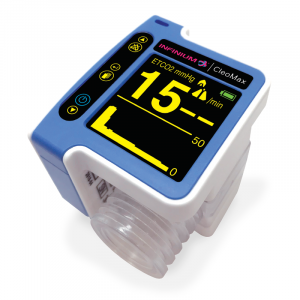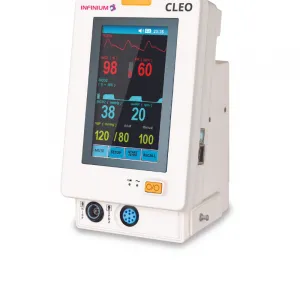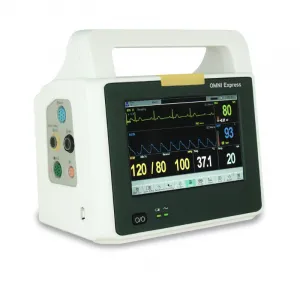Pulse oximeters are a common medical device that is used to measure the oxygen saturation in a patient’s blood. While it is a valuable tool, it does have some limitations compared to capnography. In this blog, we will go over pulse oximeters more in-depth, as well as why capnography might be a better alternative.
1. What is a Pulse Oximeter?
A pulse oximeter is a device that is used to measure the oxygen saturation of a person’s blood. This is done by clipping the oximeter onto a finger and then shining a light through the finger. The light will be absorbed differently by red blood cells that are carrying oxygen than by those that are not. This difference can be measured and used to calculate oxygen saturation.
2. What are the limitations of a Pulse Oximeter?
There are several limitations of pulse oximeters. The first is that they only measure oxygen saturation and not actual oxygen levels. Here are a few reasons why pulse oximeter technology can struggle to supply fast and accurate feedback:
- Poor circulation at the source attached to the sensor
- Inconsistent reading with darker skin pigmentation and tattoos
- Reading change based on skin thickness
- Skin temperature at the time of measurement
- Tobacco and nicotine usage
- Skin and nail surface applications such as nail polish and lotion
Additionally, pulse oximeters are not able to detect carbon dioxide levels, which is an important indicator of respiratory health. For this reason, capnography is often used as a more reliable and accurate alternative for measuring respiratory health.
3. What is Capnography?
Capnography is a type of medical device used to measure the concentration of carbon dioxide in a person’s exhaled breath. This can be done by attaching an end-tidal capnograph, which is a small device that measures the concentration of carbon dioxide at the end of each breath. Capnography is an important tool for monitoring respiratory health as it can detect small changes in carbon dioxide levels which may indicate a number of respiratory issues such as asthma, COPD, and sleep apnea.
Capnography measures the concentration of carbon dioxide in a person’s exhaled breath and can be used to detect respiratory conditions such as asthma, COPD, and sleep apnea. Unlike pulse oximetry, capnography is able to detect small changes in carbon dioxide levels which can help diagnose and treat respiratory issues more quickly and effectively.
4. How does Capnography compare to Pulse Oximetry?
Capnography is more accurate than pulse oximetry for measuring respiratory health as it can detect carbon dioxide levels which pulse oximeters cannot. Additionally, capnography is able to provide more detailed information about the concentration of carbon dioxide in a person’s breath which can help diagnose and treat respiratory issues more quickly and effectively.
In summary, capnography is a more reliable and accurate tool than pulse oximetry for monitoring respiratory health. Capnography is able to detect small changes in carbon dioxide levels which can help diagnose and treat respiratory issues more quickly and effectively. For this reason, capnography is often used as an alternative to pulse oximetry when measuring respiratory health.




